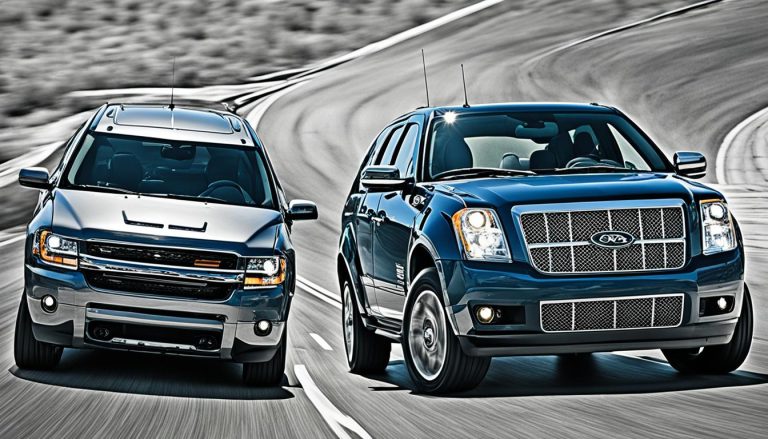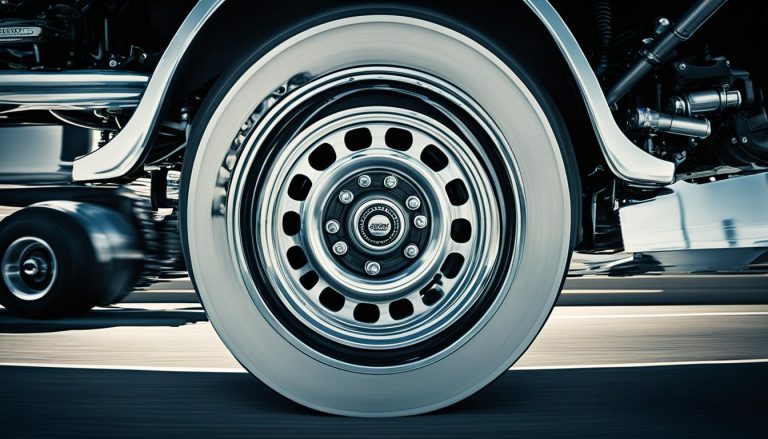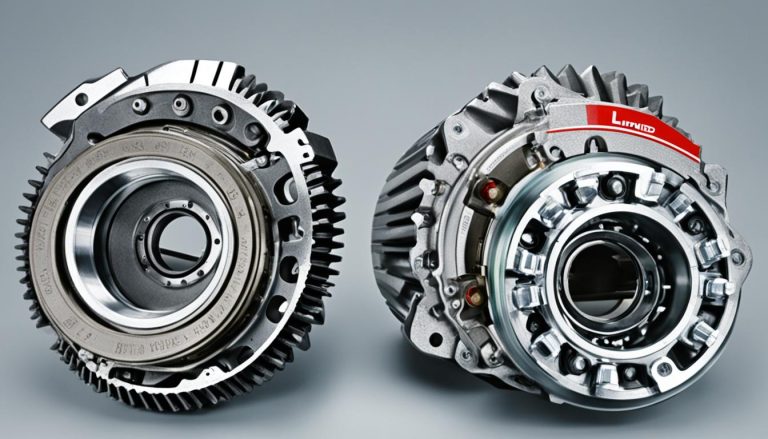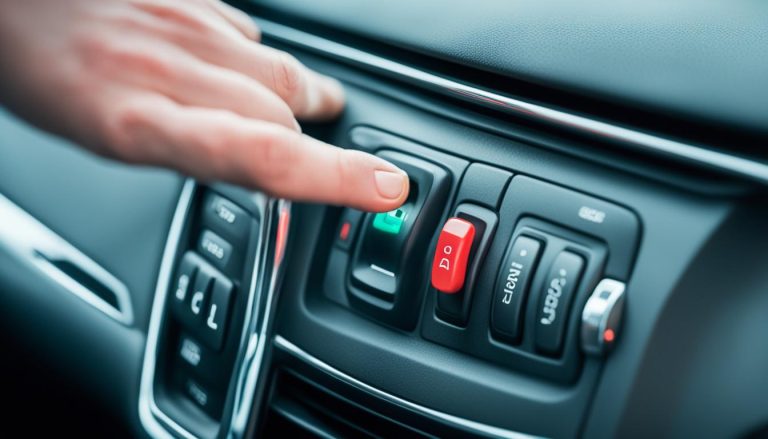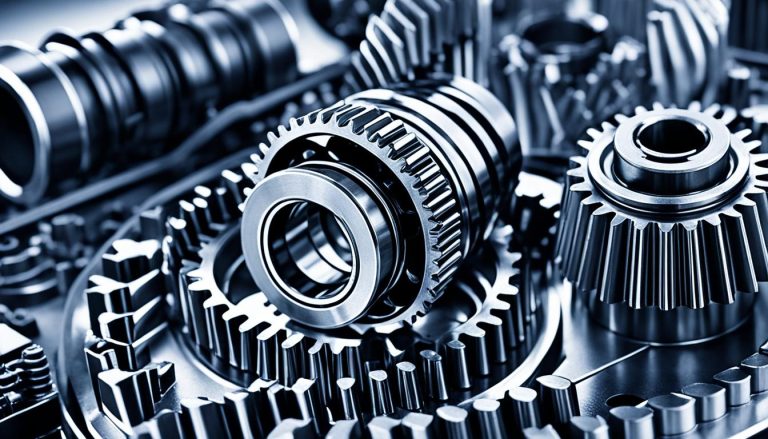Ford Explorer Limited Slip Differential Issues
If you’re the proud owner of a Ford Explorer—particularly one from the 2004 model year—you may be all too familiar with the dreaded roar coming from the rear of your vehicle. Sadly, this noise often signals one of the limited slip differential problems Ford Explorer enthusiasts dread. Understanding the signs of limited slip differential problems in your Ford Explorer is essential, not only for the longevity of your ride but also for your safety on the road.
When the dreaded roar manifests, it’s not just noise pollution—it’s the harbinger of a potential limited slip differential failure in your trusty Explorer. The fix? It’s not always cheap, with repair costs looming between $1,200 and $2,000. However, you’ve got options, from trading in your ride to seeking savvy solutions from independent mechanics. Parts like bearings and a rebuild kit could cost far less than what’s on the dealership’s invoice. In extreme cases where your differential is deemed non-serviceable, it might be time for a replacement, but don’t fret—aftermarket kits could slash your part costs down to about $500.
Before you face the issue head-on, it’s critical to catch the signs of limited slip differential problems in your Ford Explorer early. If you’re hearing that all-too-common roar or noticing that your Explorer isn’t performing up to snuff, it could be time to peek under the hood—or rather, under the body—and get down to business with your differential.
Key Takeaways:
- Become familiar with the sound and symptoms indicating limited slip differential problems Ford Explorer may face.
- Consider the financial aspect, as differential repairs can be costly, yet alternatives exist.
- Explore independent repair options as they may offer significant savings over dealership prices.
- Understand that in some cases, replacing a non-serviceable differential may be more prudent than repairing it.
- Investigate aftermarket solutions like Summitracing.com for possibly more affordable parts.
- Keep in mind that catching issues early can save you time and money, while ensuring the safety and performance of your vehicle.
Understanding the Limited Slip Differential in Your Ford Explorer
For many Ford Explorer owners, the limited slip differential is an unsung hero, enhancing traction and control across various driving conditions. When you notice symptoms like unusual noise, vibration, and a change in handling, it might be time for some troubleshooting limited slip differential issues in Ford Explorer. It’s essential to know that models like the ST trim can be subject to differential failures due to “3-bolt” or “1-bolt” subframe assemblies. Fortunately, companies like AWR Racing, ID Speed Shop, and FENFABrication provide aftermarket support that reinforces this critical component. For preventative measures, adhere to using the recommended 80w-140 gear oil specifically designed for the Ford Explorer to mitigate potential problems.
If you’re pondering how to fix limited slip differential problems in Ford Explorer, a methodical approach to diagnostics and maintenance can save you both time and money. Below is a helpful table delineating common issues you may encounter, along with suggested measures to address them:
| Common Issue | Symptom | Probable Cause | DIY Fix | Professional Solution |
|---|---|---|---|---|
| Noise | Rattling or whining | Worn bearings or gears | Inspect and replace bearings | Comprehensive differential rebuild |
| Vibration | Unsteady drive feel | Imbalanced driveshaft | Balance driveshaft or replace U-joints | Verify alignment and replace faulty parts |
| Poor Handling | Loss of traction, especially around turns | Differential not engaging properly | Check and refill gear oil with 80w-140 | Inspect differential mechanism and repair |
Remember, early detection and immediate action are your allies in warding off exacerbating limited slip differential issues. Even if you’re not mechanically inclined, understanding these problems equips you with the knowledge to make informed decisions when consulting a professional. When in doubt, don’t hesitate to reach out to specialists who are familiar with Ford Explorer models; their expertise is invaluable for both troubleshooting and fixing complicated differential problems.
Limited Slip Differential Problems Ford Explorer: Identifying Common Issues
If you’re experiencing problems with your Ford Explorer’s limited slip differential, you are certainly not alone. Many drivers have reported issues that range from unsettling sounds to a complete failure in differential engagement. To help you better understand these problems, we’ll explore the common signs of differential failure, the origins of the disturbing noises and vibrations, and what to do when your differential is stuck or not engaging correctly. Being informed is the first step in addressing and correcting these concerns.
Signs of Differential Failure
One of the most apparent indicators that your Ford Explorer’s differential may be at risk is the presence of unusual noises—such as a whining, howling, or grinding sound—often most noticeable when the vehicle accelerates or decelerates. Vibration during driving, especially at certain speeds, is another red flag, suggesting that components within the differential could be worn or damaged.
Exploring the Causes of Noise and Vibration
The dreaded roar that might be misinterpreted as tire noise could indeed be a symptom of bearing wear or failure within the differential unit. Particularly if your Ford Explorer has been subject to heavy loads or challenging driving conditions, the likelihood of such damage increases. It’s crucial to act swiftly if you notice these signs, as these components might be on the brink of causing more severe or extensive damage.
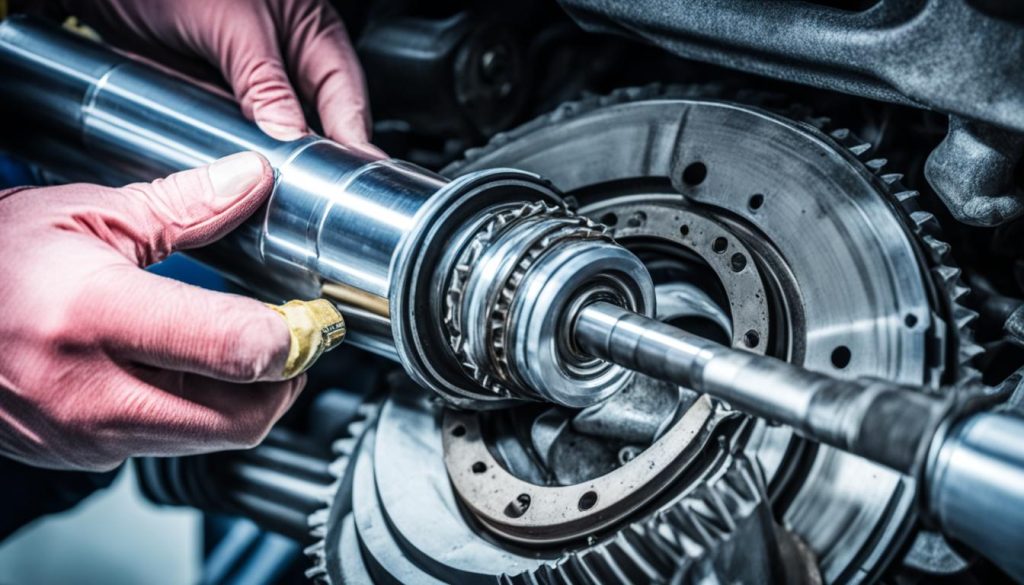
Dealing With Differential Lock-up or Non-Engagement
When your Ford Explorer’s limited slip differential is not engaging, it fails to properly distribute power between the wheels, which can lead to a loss of traction and stability. This non-engagement could stem from a variety of issues, like worn clutches or springs within the differential. Moreover, using the incorrect type of fluid can contribute to this problem, underscoring the need for using the right specifications when topping up or replacing differential fluids.
Understanding these common limited slip differential problems in your Ford Explorer is essential for maintaining its performance and safety. Keep a keen ear out for unusual sounds and an attentive feel for uncharacteristic vibrations or changes in handling. Should these symptoms arise, remember that prompt action could save you from more complicated and costly repairs down the line.
How to Troubleshoot Your Ford Explorer’s Differential Problems
If you’re encountering troubleshooting limited slip differential issues in your Ford Explorer, it’s crucial to address these concerns promptly to maintain your vehicle’s performance and safety. Often, an underlying problem could signal itself through Ford Explorer limited slip differential noise, calling for a systematic approach to identify and solve the issue.
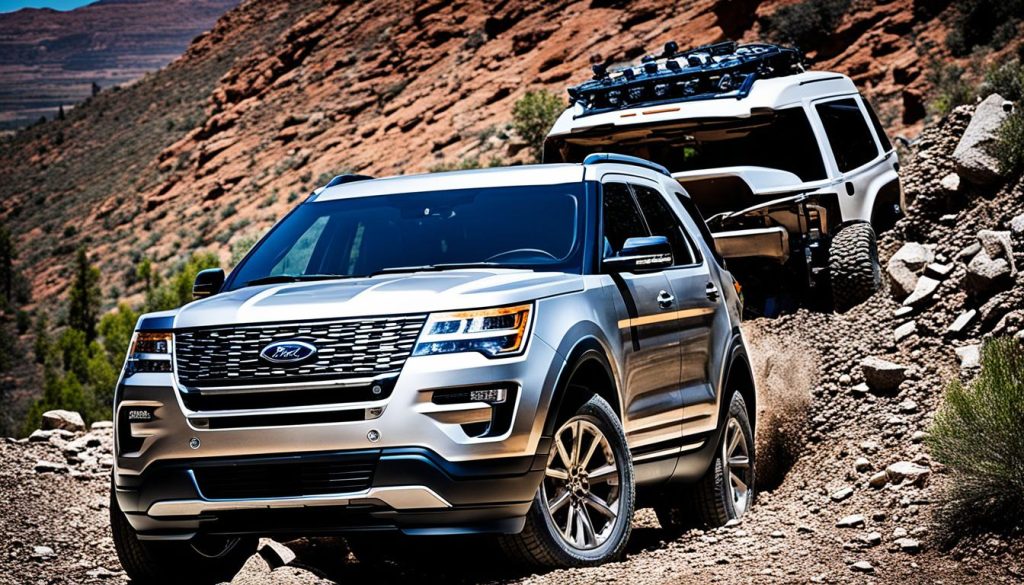
Begin your diagnostic by checking for visible signs of wear or damage. Any leaks, cracks, or unusual wear on the differential casing can be telltale indications of a problem. Next, listen attentively for noises while driving; a whining, howling, or clunking sound can be indicative of worn bearings or gear issues. Remember, using the proper gear oil—specifically designed for your Explorer’s needs—is vital to avoid exacerbating existing problems.
Tip: Consulting Ford Explorer forums and online resources can give you a wealth of information from fellow owners who may have experienced similar issues. Their insights can save you time and money in diagnosing and resolving differential problems.
Should you discover any concerns during your inspection, consider reaching out to a trusted independent mechanic. They often provide more affordable solutions compared to dealership repair services. Below is a table with potential issues and troubleshooting steps to help you along your journey:
| Issue | Potential Cause | Troubleshooting Step |
|---|---|---|
| Difficult Handling | Worn Clutches in Differential | Inspect clutches for wear and replace if necessary. |
| Noises During Turns | Low Fluid Level | Check and refill the differential fluid to the proper level. |
| Vibration While Accelerating | Loose or Damaged Mounts | Tighten or replace mounts as needed. |
| Whining Noise While Driving | Improper Gear Alignment | Adjust gear alignment or engage a professional to assess gear set. |
Diagnostic efforts can often prevent a minor issue from becoming a major headache. Always adhere to maintenance schedules and be mindful of early signs of trouble to ensure the longevity of your Ford Explorer’s limited slip differential.
Professionals Weigh In on Ford Explorer Differential Dilemmas
When it comes to your Ford Explorer, understanding the intricacies of the limited slip differential system is crucial, especially if you’re facing the dreaded Ford Explorer limited slip differential noise or it’s not engaging properly. Automotive experts underline the significance of tending to limited slip differential problems in Ford Explorer with precise and informed decisions.
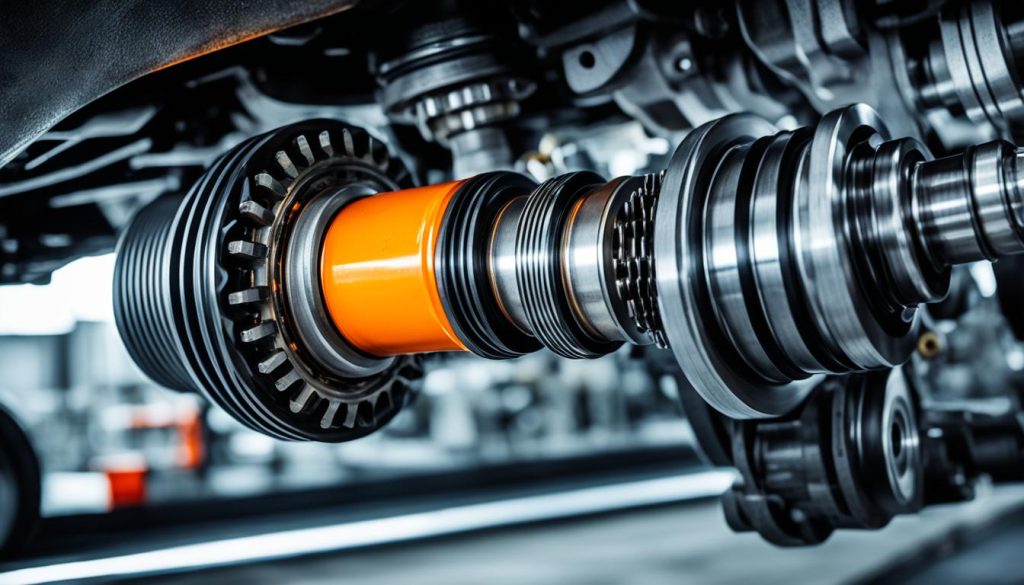
The Impact of Incorrect Fluids on Differential Performance
If you’re mystified by your Ford Explorer’s differential whines or grinds, it might be a signal to check the fluids. The use of incorrect lubricants can lead to grievous issues, causing the limited slip differential to operate inefficiently, often culminating in unwelcome noises and engagement problems. Ensuring the right specification of gear oil is key to maintaining a smooth and responsive differential.
The Debate: Repairing Vs. Replacing the Differential
Confronted with a malfunctioning differential, you’re faced with a critical decision: repair or replace? The answer lies in the type of differential your Ford Explorer has. A disposable unit usually necessitates outright replacement, whereas a rebuildable one may simply require a meticulous repair. Independent auto shops often proffer alternative solutions, including the use of recycled parts. Moreover, installing aftermarket differential braces can fortify your Explorer, making it resilient to additional horsepower and forestalling catastrophic breakdowns.
Whatever the issue—be it unsettling differential noise or a failure to engage—one thing is certain: addressing limited slip differential problems in your Ford Explorer with adept fixes is imperative for a seamless driving experience.
Step-by-Step Guide to Fix Limited Slip Differential Problems in Ford Explorer
If your adventurous rides with the Ford Explorer are being hampered by limited slip differential issues, fear not. Taking on repairs can seem daunting, but with the right approach, you can tackle common limited slip differential problems in your Ford Explorer with confidence. Here’s a user-friendly guide, laying out what you need to pinpoint the issue and rectify it, restoring your Explorer’s performance and reliability.
Choosing the Right Parts for Your Repair
The foundation to successfully resolving how to fix limited slip differential problems in your Ford Explorer rests in using high-quality parts. Distinguish the specific axle model of your vehicle to ensure any replacement components will fit seamlessly. Opting for tried-and-true elements like Timken bearings can lead to a smoother repair process. As for the rebuild kits, compatibility with your model is key, and these kits are often reasonably priced, usually hovering around the $150 mark. Don’t skimp here, as quality parts equate to long-term solutions.
DIY Tips for Differential Maintenance and Repair
When diving into DIY repairs, it’s essential to get your hands on a dependable manual, one that offers clear instructions tailored to your Ford Explorer. These guides are instrumental in breaking down complex tasks into manageable steps. As you play mechanic, consider installing a differential brace beforehand; it’s a strategic move for bolstering your SUV’s robustness, especially if you’re pushing power limits. And what’s a maintenance tip that can’t be overstressed? Maintain your differential with the right fluids. Using the specified 80w-140 gear oil is not just a recommendation—it’s a mandate for ensuring your Explorer runs like a dream. So gear up, roll up those sleeves, and get your Explorer back to its trailblazing glory with preventative and corrective care.
FAQ
What are some common limited slip differential problems in the Ford Explorer?
Common issues include a loud roaring noise indicating bearing wear, vibration while driving, and problems with the differential lock-up or engaging properly, which can affect traction and stability.
How can I identify signs of limited slip differential failure in my Ford Explorer?
Be alert for unusual noises such as whining or roaring coming from the differential, vibrations that increase with speed, and a noticeable difference in handling or resistance when making turns.
What are the causes of noise and vibration in my Ford Explorer’s differential?
These issues are often caused by worn bearings or races, the use of incorrect fluid types, or damaged gears within the differential itself.
What should I do if my Ford Explorer’s limited slip differential is not engaging?
This may indicate a problem with the clutch packs or springs within the differential. Check for proper fluid levels and conditions. If these are fine, consult with a professional to inspect the internal components for wear or damage.
How can I troubleshoot differential problems in my Ford Explorer?
Start by inspecting the differential for visible damage, ensuring you’re using the correct 80w-140 gear oil, and listening for abnormal noises. If necessary, consult online resources or seek the help of an independent mechanic familiar with Ford Explorer issues.
What do professionals say about fixing Ford Explorer differential problems?
Professionals recommend using the correct type of fluid, namely 80w-140 gear oil, to avoid issues. They also often debate between repair or full replacement of the differential, with the decision depending on the severity of the damage and whether the unit is rebuildable or disposable.
Should I repair or replace my Ford Explorer’s limited slip differential?
It depends on the specific problem and the type of differential your Explorer has. If the differential is a non-serviceable unit, replacement is often recommended. Otherwise, repair with quality parts may be sufficient.
What parts do I need for fixing a limited slip differential issue in my Ford Explorer?
You’ll need a differential rebuild kit compatible with your model, high-quality bearings (like Timken), and the correct gear oil. You may also consider aftermarket parts such as a differential brace if your model is prone to issues.
Do you have any DIY tips for maintaining and repairing the limited slip differential in a Ford Explorer?
Always refer to a trusted service manual for your specific model, use high-quality parts for repairs, confirm compatibility of all components, and perform regular fluid maintenance with the specified 80w-140 gear oil.

